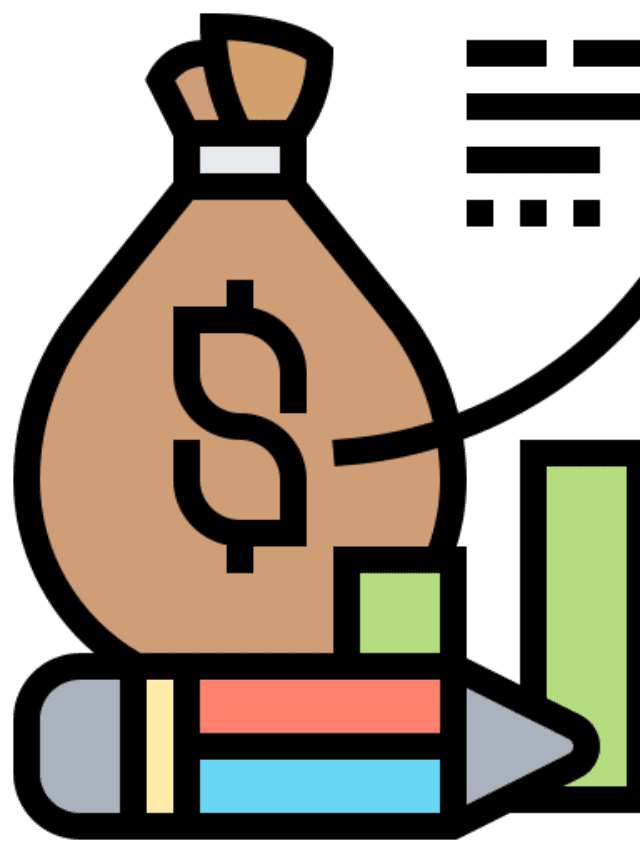Debt consolidation can be a powerful strategy to manage multiple high-interest debts and streamline your finances. It involves combining several debts, such as credit card balances, personal loans, and other liabilities, into a single loan or payment. The goal is to reduce the interest rate, simplify payments, and ultimately pay off the debt faster.
In this guide, we’ll explore the best methods to consolidate debt, how each works, and when they might be appropriate for your situation.
Why Consolidate Debt?
Before diving into the methods, let’s understand the reasons for consolidating debt. The primary benefits include:
- Lower Interest Rates: Many debts, like credit card balances, carry high interest rates. Consolidation can help secure a loan with a lower interest rate, saving you money in the long run.
- Simplified Payments: Instead of keeping track of multiple payments and due dates, consolidation combines everything into one payment, making debt management more straightforward.
- Fixed Repayment Schedule: Debt consolidation loans typically offer a clear repayment schedule, helping you stay organized and motivated to become debt-free.
- Improved Credit Score: By consolidating and paying down your debts on time, you may gradually improve your credit score.
Methods to Consolidate Debt
Here are some of the most effective ways to consolidate debt, along with their advantages and potential drawbacks:
1. Debt Consolidation Loan
A debt consolidation loan is one of the most straightforward ways to consolidate debt. This is a personal loan you take out specifically to pay off multiple debts. After receiving the loan, you use the funds to pay off your outstanding balances and then focus on repaying the new loan.
How it Works:
- You apply for a personal loan from a bank, credit union, or online lender.
- Upon approval, the lender provides a lump sum, which you use to pay off your existing debts.
- You then make fixed monthly payments on the new loan, usually at a lower interest rate.
Best For:
- People with good to excellent credit (typically a credit score of 670 or higher) who can qualify for a low-interest rate loan.
Advantages:
- Lower interest rates compared to credit cards or other high-interest debt.
- Fixed repayment schedule, making it easier to plan your finances.
- One monthly payment instead of managing multiple creditors.
Drawbacks:
- If your credit score is low, you may not qualify for a favorable interest rate.
- Extending the loan term may reduce monthly payments but increase the total interest paid over time.
2. Balance Transfer Credit Card
A balance transfer credit card allows you to move high-interest credit card balances to a new card with a low or 0% introductory interest rate for a limited period, often ranging from 12 to 18 months.
How it Works:
- Apply for a balance transfer credit card with a 0% APR offer.
- Transfer your existing credit card balances to the new card.
- Pay off the balance before the introductory period ends to avoid high interest rates.
Best For:
- Individuals with high-interest credit card debt and a good credit score (typically 670 or higher).
Advantages:
- 0% interest for the introductory period, potentially saving you hundreds or thousands in interest charges.
- Streamlined credit card debt into a single payment.
Drawbacks:
- After the introductory period ends, the interest rate may jump significantly, often to 15%-25%.
- Balance transfer fees (usually 3%-5% of the transferred amount) can add to the cost of consolidation.
- You need the discipline to pay off the balance before the promotional period ends to avoid high interest charges.
3. Home Equity Loan or Home Equity Line of Credit (HELOC)
If you’re a homeowner, using the equity in your home can be a viable option for debt consolidation. A home equity loan provides a lump sum with a fixed interest rate, while a home equity line of credit (HELOC) works more like a credit card, where you can borrow up to a set limit as needed.
How it Works:
- With a home equity loan, you borrow a lump sum against the equity in your home and make fixed monthly payments over a set period.
- With a HELOC, you can draw funds as needed up to your credit limit, and repay over time.
Best For:
- Homeowners with significant equity in their home (usually at least 15%-20% equity).
Advantages:
- Typically lower interest rates than personal loans or credit cards, as the loan is secured by your home.
- Potentially tax-deductible interest, if the funds are used for home improvements (consult a tax advisor for specifics).
Drawbacks:
- Your home is used as collateral, meaning you could risk foreclosure if you fail to make payments.
- Closing costs and fees may be involved, adding to the cost of the loan.
- Extending repayment over a long term can result in paying more interest overall.
4. Debt Management Plan (DMP)
A Debt Management Plan (DMP) is a service offered by nonprofit credit counseling agencies. It involves working with a credit counselor to negotiate with creditors on your behalf to reduce interest rates, waive fees, and consolidate your debt into one monthly payment.
How it Works:
- You work with a credit counselor to create a budget and develop a debt repayment plan.
- The credit counselor negotiates with your creditors for lower interest rates or fees.
- You make a single monthly payment to the credit counseling agency, which then distributes the funds to your creditors.
Best For:
- Individuals with a significant amount of credit card debt and struggling to make minimum payments.
Advantages:
- Lower interest rates and waived fees can reduce your total debt.
- A single monthly payment simplifies the repayment process.
- Credit counseling services provide support and education to help improve your financial habits.
Drawbacks:
- You may have to close your credit card accounts while on the plan, which could impact your credit score.
- DMPs typically take 3-5 years to complete, so you need a long-term commitment.
5. Cash-Out Refinance
A cash-out refinance involves refinancing your mortgage for more than you currently owe and taking the difference in cash, which can then be used to pay off debt. This is similar to a home equity loan but involves replacing your existing mortgage with a new one.
How it Works:
- Refinance your mortgage for a higher amount than your current mortgage balance.
- Use the excess cash to pay off your high-interest debt.
- Make monthly payments on the new mortgage loan.
Best For:
- Homeowners with substantial equity in their property and looking for a lower mortgage interest rate.
Advantages:
- Mortgage interest rates are often much lower than credit card or personal loan rates.
- Consolidating debt into a mortgage could lower your overall monthly payments.
Drawbacks:
- Extending your mortgage term could result in paying more interest over time.
- Closing costs may apply, adding to the total expense.
- Your home is collateral, so you risk foreclosure if you’re unable to repay.
Additional Tips for Effective Debt Consolidation
- Assess Your Budget: Before consolidating debt, ensure that your income and budget can handle the new payment terms.
- Improve Your Credit: A higher credit score can help you qualify for better interest rates. Pay bills on time, reduce existing balances, and avoid applying for new credit to boost your score.
- Avoid Accumulating New Debt: Consolidation helps manage existing debt, but it’s crucial to avoid taking on new debt after consolidating. Stick to a budget and focus on paying off the consolidated loan.
Conclusion
The best way to consolidate debt depends on your financial situation, credit score, and goals. Debt consolidation loans, balance transfer cards, home equity options, and debt management plans are all viable methods, each with its pros and cons. Before proceeding, take time to research your options, calculate the total costs, and seek professional advice if necessary. The key to successful debt consolidation is not just simplifying your debt but ensuring you have a plan to pay it off and avoid future debt pitfalls.
Share this with your friends and family!









